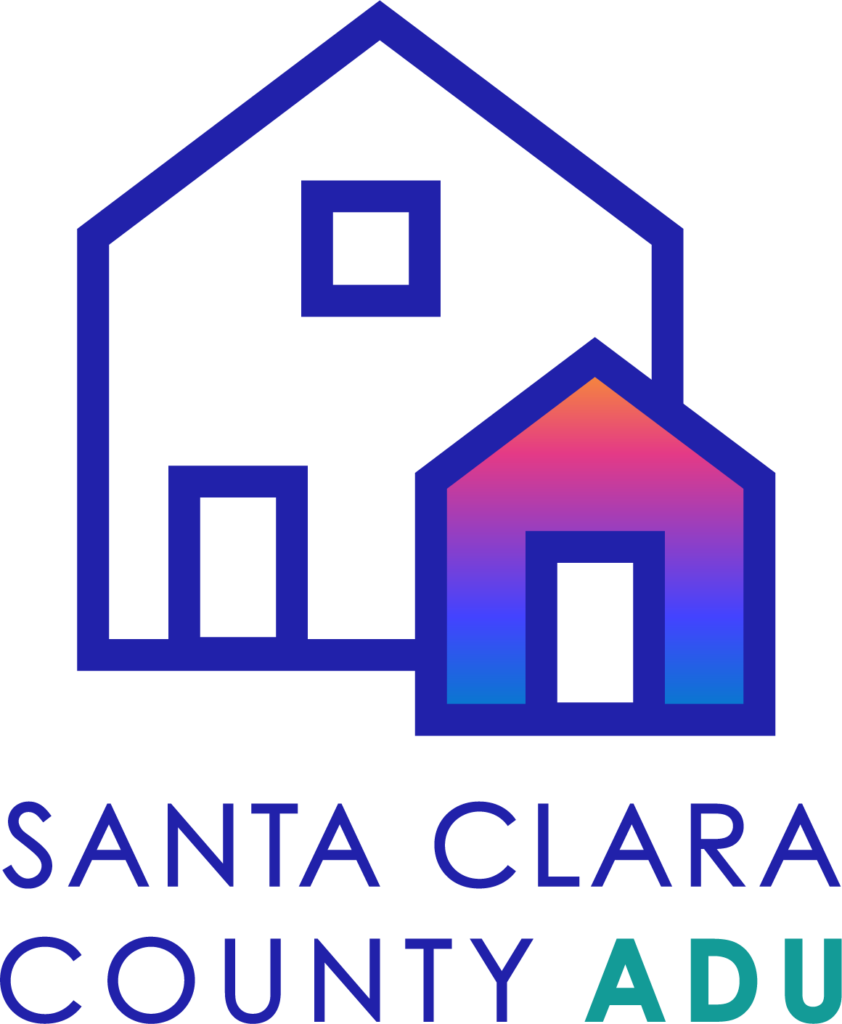1 Get Started
GETTING STARTED with an ADU project is what many think of as “the fun part” – it’s when you think about the value your ADU will bring you, look for design and layout inspiration, and start to figure out what will work on your property.
Timeline
Getting started is part of the Planning phase, which typically takes 1-3 months. Most ADU projects take 12-18 months to complete, but some extend to 24 months or more.


Key Resources
ADU Guidebook
Every detail you need from start to finish.
ADU Guidebook
Every detail you need from start to finish.
ADU Process At-A-Glance
A quick overview of an ADU project.
ADU Process At-A-Glance
A quick overview of an ADU project.
Plans Gallery
COMING SOON
Plans Gallery
COMING SOON
Floorplan examples
Get inspiration from real ADU layouts.
Floorplan Examples
Get inspiration from real ADU layouts.
FAQs
Here are a few of the most frequently asked questions about getting started. See the content below and our ADU Guidebook for more guidance, resources, and tips for all steps of the process.
The best place to start is with thinking about what you want, understanding your goals and concerns, and looking at other ADUs for inspiration. Once you have some ideas in mind, you can consider your budget and move on to Learning the Rules to figure out what you can build on your property.
You can also use our Process-At-A-Glance resource for an overview of the steps and some initial issues to consider as you get started.
Building an ADU is an investment of time as well as money. Most projects take one to two years to complete. Typically, it takes homeowners one to three months to get started and assemble their team, then one to six months to develop plans, meet with staff, and submit the application. Depending on what permits are required, how many rounds of review are required and how quickly a homeowner and their project team can respond to comments, it will take one to six months to get permits. Construction usually takes six to twelve months.
You’re not required to tell your neighbors about your ADU, but it’s always a good idea to communicate with them early in the process. Your project will run more smoothly if they are kept informed, and they may have great ideas for your project!
If you live in a Neighborhood or Homeowners Association (HOA), talk with your representative or board early in the process. They can’t prevent you from building or renting an ADU, but they may have guidelines you’ll need to know for design and construction. Depending on where you live, staff may ask to see written review from your HOA.
Site-built/Traditional: A traditionally constructed ADU is designed and built specifically to your preferences and property and built on site (“stick-built”). This option allows for a lot of customization and smaller changes to be made throughout the construction process.
Prefabricated/panelized/modular: These ADUs are partially or mostly built in a factory, then shipped to your site to be put together. Sometimes the company will include all services in their fee (“turn-key”), including help with permitting and all on-site construction tasks (e.g., laying the foundation, utility hookups, etc.). Other times you’ll need to hire additional professionals to help.
STEP-BY-STEP
Getting Started
BEFORE YOU BEGIN:
Make sure you understand the types of ADUs and the other content covered on ADU 101, and look at our Process-At-A-Glance resource for a brief overview of the entire ADU process. You may also want to check out the Glossary in our ADU Guidebook to make sure you understand key terms.
Think about what you want
Start by thinking about your short- and long-term goals and concerns for your ADU project and what kind of ADU is best for your needs. Our ADU Exercises have a checklist to get you started. Talk to friends and neighbors who have built an ADU and reach out to any builders or designers you know for a casual chat. Check out our ADU Stories, floorplans examples, and ADU Plans Gallery (coming soon!) for inspiration.
Keep in mind your plans might change once you hire a professional. On a more personal note, it’s a good idea to notify your neighbors about your project (not required but recommended), and to think about what it means to share space with tenants (and if that impacts your design and layout).
Helpful Tools
Make an informal sketch
Make a rough sketch of your property, including the existing home, any other structures, and space for a possible ADU. Use our ADU Exercises to help you with this step. (Note: You can update this sketch or make new versions as you continue to learn about your property and what’s possible.)
Helpful Tools
Estimate project cost
It’s never too early to start thinking about and planning for your project budget. A very rough placeholder for you to use is $400-550 per square foot, including construction and other costs (design, fees, etc.). The real number can vary widely and depends on many factors. The Santa Clara County ADU Calculator is a great place to start when developing a budget. It provides a rough estimate of costs and income and will help you understand how choices can impact your budget over time, all customized to real local numbers.
See Budget & Finance for more information. Our Guidebook also contains details regarding the cost of ADU design, permitting, and construction.


